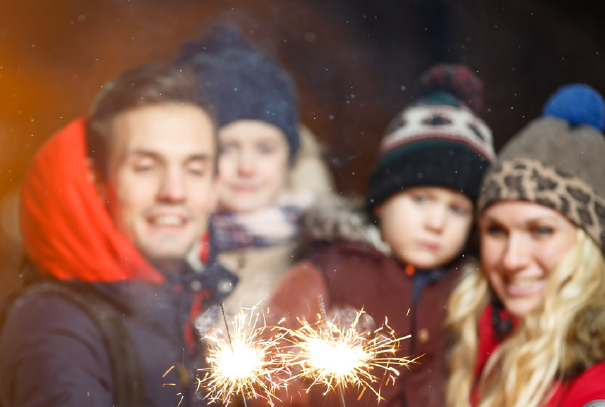
If your organisation is holding a bonfire event, you will need to ensure you follow safety guidelines, and minimise any potential risks to spectators and property. As a landowner, you may also need to ensure that those using your land follow those same guidelines.
Employers who are holding a fireworks event must ensure they comply with the requirements of the Health and Safety at Work Act etc. 1974 and Management of Health and Safety at Work Regulations 1999. Other health and safety regulations may also apply - this will be dependent on the type of event you intend to hold. The majority of fireworks displays are well organised and occur without incident - careful planning and good practice of health and safety will help minimise any risks.
Here are our safety guidelines for managing risk at fireworks events
- A fireworks/pyrotechnic contractor should be employed wherever possible who is a member of the British Pyrotechnists Association1 and has a proven safety record.
- Check your insurance cover - before planning your event, speak to Gallagher about your policy and ensure you have suitable cover for holding such an event.
- The contractor setting up the display should have appropriate insurance. They should have Public Liability Insurance, with sufficient limits of indemnity. Limits which may have been prudent 5 years ago are unlikely to be suitable now.
- The police, fire brigade and local authorities should be consulted at least fourteen days before the event takes place and all their recommendations have been complied with.
- The Firework Safety Code2 must be followed and all specific instructions given by the manufacturer of the fireworks should be complied with. Displays coordinated by the organisation should only contain fireworks in categories 1, 2 and 3. Category 4 fireworks may only be used by professional fireworks display operators.
- All fireworks must be supplied by a reputable manufacturer and should not be altered by the organiser.
- An event risk assessment must be carried out by the organiser or appointed fireworks contractor.
- Bonfires should be sited away from trees, woodland, bracken or areas with similar combustible materials. Fireworks displays should be sited in areas away from roads, railways overhead cables and in accordance with the advice of an appointed firework contractor. If in doubt seek advice.
At the event
- Spectators need to be kept at least 25 metres from the display/ bonfire and the display area needs to be roped off.
- There needs to be at least 1 steward in attendance for every 250 spectators. • Every steward should have full instructions about their duties and suitable communications equipment (e.g. mobile phones, walkie-talkies). They need to know what to do and who to report to in the event of an incident.
- One member of the committee organising the display needs to be in direct charge of safety matters and not engaged in any other duties or activities which would prevent them from exercising general supervision.
- Smoking should not be allowed anywhere near the fireworks.
- No petrol or paraffin should be used for the purpose of lighting any bonfire.
- There needs to be an adequate drop zone for the fall-out of rockets and debris downwind of spectators.
- Any person igniting fireworks should retire to a safe distance immediately once the fuse is lit.
- Any person igniting fireworks should never return to fireworks which do not light first time (30 minutes should be allowed to elapse before approaching and carefully dousing with water).
- “Shooting” fireworks such as rockets or roman candles should be placed inside a metal sided box of sufficient size to contain the device should it topple over, or, in metal racking and always in accordance with the advice of the appointed firework contractor.
- A full inspection of the site needs to be carried out 30 minutes after the end of the display by the organiser and/ or contractor to ensure all fireworks are extinguished.
- The site needs to be inspected the next day in daylight to ensure no fireworks have been left.

